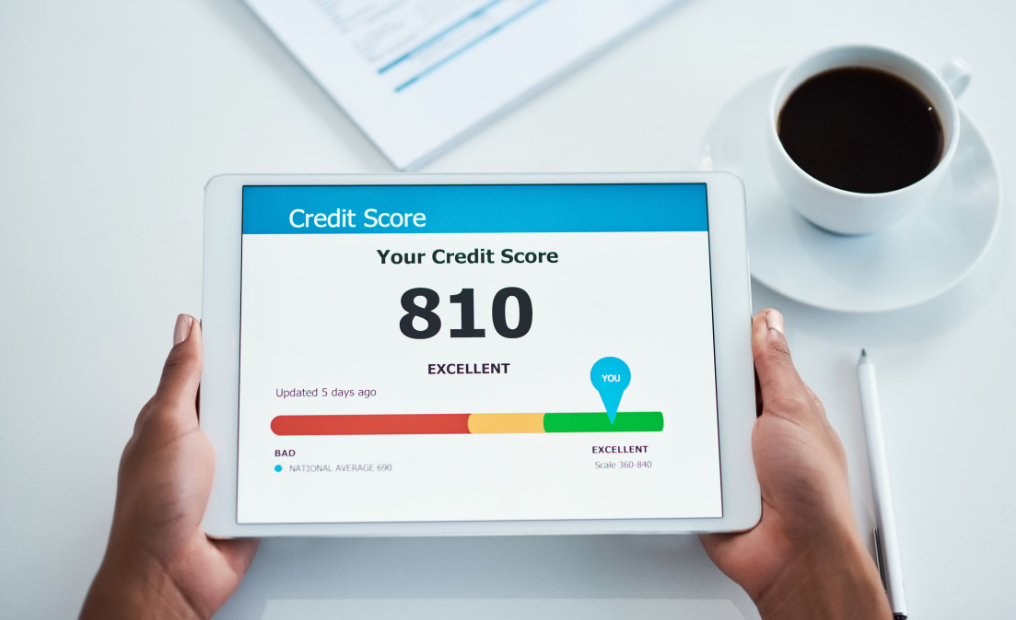609 Dispute Letter
If you are working on improving your credit report, a 609 dispute letter can help you clear the report. A 609 dispute letter identifies some inaccurate, negative, or misleading information on your credit report, which forces the credit company to change them.
You will find countless 609 character templates online. However, they do not always promise that your dispute will succeed. Here’s how to create an effective 609 letter that really works.
What is Section 609?
Section 609 refers to a section of the Fair Credit Reporting Act (FCRA) that sets out your right to request copies of your own credit reports and related information that appear on your credit reports. Section 609, oddly enough, has nothing to do with the right to dispute information on your credit reports or the responsibilities of the credit reporting agency to investigate your disputes. Nowhere in the FCRA is there a “609 Dispute Letter”.
The FCRA, in fact, includes plenty of languages that remind you of your right to dispute the information found in your credit reports. But it is in section 611 of the law instead of section 609. Thanks to Section 611, we all have the right to dispute information that we believe is inaccurate or unverifiable. And if the disputed information cannot be verified, it should be removed.
Is 609 Dispute Letter Effective?
If you are looking for conflict letter templates, there is probably a reason for this. Consumers typically send conflicting letters to major credit reporting agencies (Experian, TransUnion, and Equifax) because they think there is something wrong with their credit reports. This could happen if they applied for a loan or other form of credit and the lender informed them that they had been denied because of the information on their credit report. This can happen when they check their credit report and look for accounts they do not recognize. The practical effect of a letter of contention is that it allows the credit reporting agency to investigate and correct any alleged error.
The 609 Dispute Letter Theory is that if you ask the Credit Bureau for information that they may not explicitly present as part of your dispute letters, such as the original signed copies of your credit applications or Cash checks used to pay bills will have to be removed. Controversial item because it is unverifiable. However, FCRA entitles us to all information that credit reporting agencies have in their systems – not information that is not in their systems.
Although there is a lot of information available online about 609 conflicting letters, there is no evidence that one particular letter template is more effective than another. And obviously, you can submit your credit report dispute on the back of a drink napkin and if it is true, the information must be corrected or removed. The delivery method is largely irrelevant when it comes to your rights to a valid credit report.
Conversely, if the information contained in your credit reports is accurate and verifiable, then it is likely that it will be retained on your credit reports. The style of your letter does not change that fact.
How to write a 609 letter (with example)
We have provided the following example to illustrate what a 609 letter should look like. Remember, no matter how you write 609 letters, there is no guarantee that it will work.
Identify the account.
Indicate which items you are writing to ask for (and possibly conflict) on your credit report.
Refer to Section 609.
Clearly refer to Section 609 of the FCRA. As we have explained, this will not really make your letter more effective, so we have done it here for ideal purposes – this is what distinguishes 609 letters from other types of credit dispute letters.
Provide supporting documents.
Call the credit bureau’s attention to the documents you have attached to verify your identity and the debt in question. When it comes to 609 characters, the traditional wisdom is to include all of the above documents (where applicable). As a rule, when corresponding with the credit bureau, the more documents you send, the better.
Provide a timeline and ultimatum.
Politely but firmly tell the credit bureau that you expect to receive a response within 30 days, and that if they are unable to verify the item you are referring to, they should report your credit report to you. Must be unmarked. Giving the bureau a clear timeline is generally a good idea, although it is not guaranteed to work in this case as there is no legal force behind the 609 disputed lines.
What does section 609 actually say?
Section 609 of the FCRA has nothing to do with credit disputes. All it says is that you are entitled to see the information in the file with the credit bureau about you.
In accordance with section 609, the credit bureau shall provide you with the following information (upon request):
- Sources of any information on your credit report.
- Information about someone (other than you) who has made soft or hard inquiries into your report over the past year.
- Names of potential employers who have had access to your credit report in the last two years.
- Dates, actual recipients, and the amount of any checks associated with negative marks on your credit report.
This is exactly what Section 609 Credit Bureau is obliged to do. If you ask for specific information that they do not have in the file, it does not mean that they have to remove anything from your credit report.





